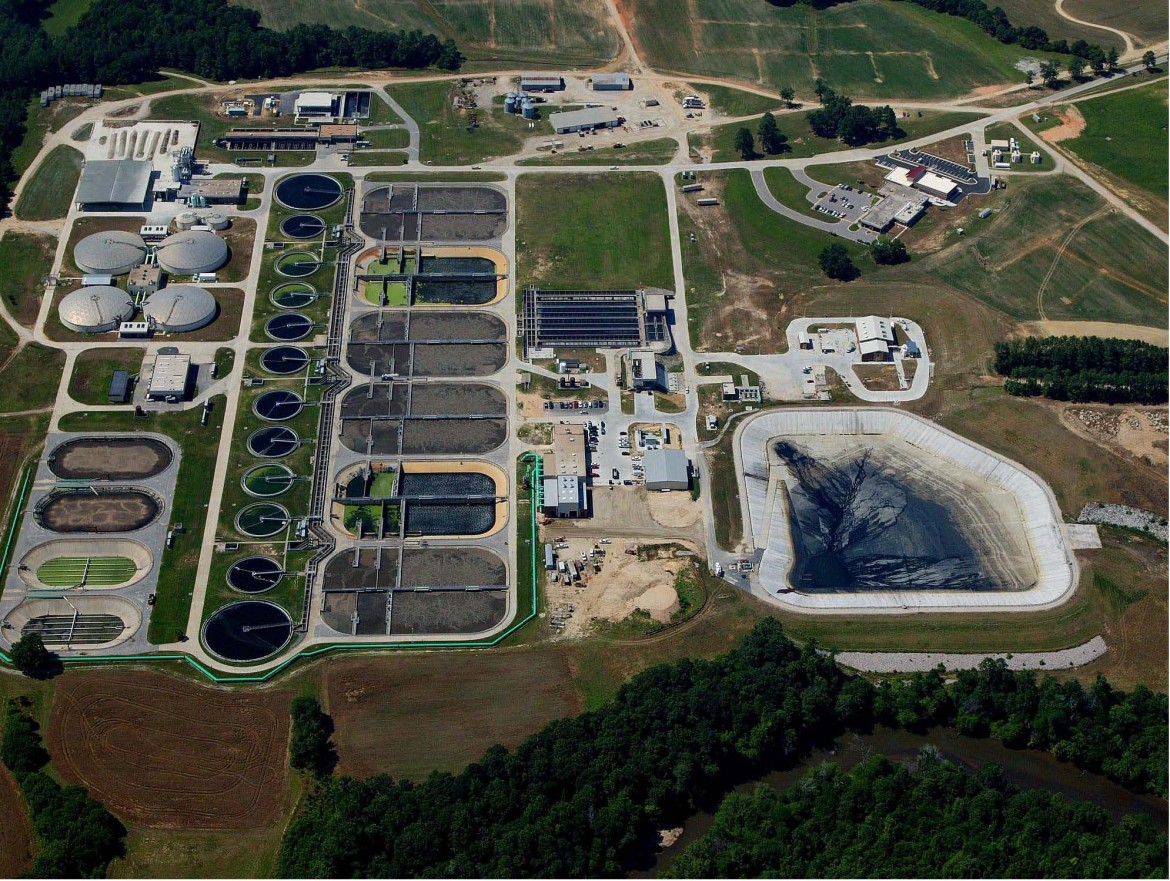Clarification: A previous version of this post, we indicated the expanded plant’s capacity would be 75 million gallons per day. However, that capacity is the maximum allowed under the plant’s permit.
Changes coming to the Neuse River Wastewater Treatment Plant might mean a rate increase for residents.
Raleigh will use a 20-year, $28 million loan from the state to upgrade the city’s Neuse River Wastewater Treatment Plant.
The five-phase plan began in 2010 and will be complete in 2018. The city is about to begin Phase III. When finished, the project will expand the plant’s capacity from 60 million gallons per day to 75 million, the maximum allowed under the plant’s discharge permit.
Raleigh Construction Projects Administrator Aaron Brower said the updates were phased because “the growth wasn’t there and we didn’t have the revenues” following the recession.
“You can’t build a plant overnight. It is a complicated industrial facility. Permits are required for sanitation, erosion control, authorization to construct,” Brower said. “We wanted to make sure we stayed ahead of development so we don’t have to tell developers that they can’t permit flow.”

The upgrades are needed to accommodate expected growth.
The plant operates well below state limits on nitrogen discharges. The cap set in 1998 limits the discharge to 682,483 pounds per year. In 1997, the plant discharged 1.6 million pounds of nitrogen.
“Today we discharge 260,204 pounds, which equates to a total nitrogen concentration of 2.05 mg/l—near the limits of technology,” Brower said.
The average residential customer could see a rate increase of $1.49 per month to repay the loan. The exact amount has not yet been determined. The city has hired Raftelis Consulting to ensure that the ratio is correct across the water and sewer system within the city. Their report is due in about six months.
“The rate structure is set up so that development pays for growth,” Brower said. “Existing users pay for rehabilitation.”
Developers help fund the water and sewer system by paying connection fees when new homes are constructed. Those fees vary depending on the size of the connections, but can easily exceed several thousand dollars per home.
Approximately 80 percent of the cost of this phase will be to replace and upgrade existing equipment while 20 percent of the cost will add capacity to support growth.
